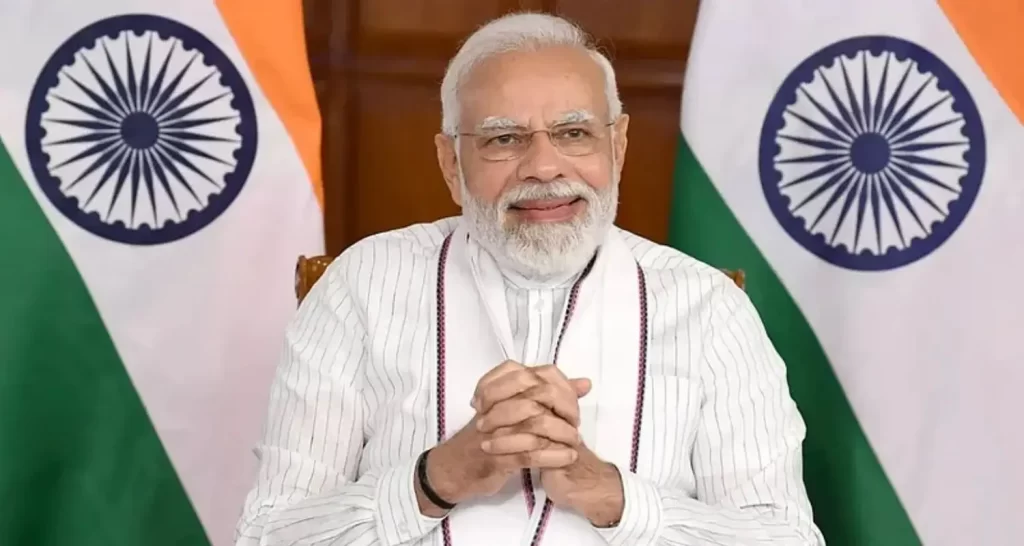New Delhi, June 11:
As the Narendra Modi-led government completes 11 years at the Centre, it has spotlighted an unprecedented infrastructure transformation across the country under the banner of #11YearsOfInfraRevolution. This decade-long push has resulted in a range of landmark projects aimed at strengthening connectivity, improving logistics, and accelerating regional integration.
According to official statements, these projects reflect the government’s commitment to building a modern, connected Bharat. From high-speed expressways and metro expansions to strategic tunnels and railway bridges, the infrastructure overhaul has had a visible impact on the movement of goods and people.
One of the most talked-about achievements is the Chenab Rail Bridge in Jammu and Kashmir, which now stands as the highest railway bridge in the world. The recently operational Delhi-Mumbai Expressway, one of India’s longest, has drastically cut travel time between the two commercial capitals, giving a major boost to freight and passenger movement.
Strategic construction such as the Atal Tunnel in Himachal Pradesh and the development of the Eastern and Western Peripheral Expressways around the National Capital Region have helped decongest urban traffic and improve all-weather connectivity to sensitive border areas.
Under national programs like Bharatmala Pariyojana and Sagarmala, the government has aggressively expanded highway networks and port infrastructure. These initiatives aim to enhance surface and maritime connectivity while promoting multimodal transport integration across key economic corridors.
Urban mobility has also seen considerable advancement, with metro rail networks expanding rapidly in cities including Bengaluru, Mumbai, Pune, and Ahmedabad. The emphasis on public transportation is intended to tackle rising congestion and reduce carbon emissions in densely populated areas.
The government’s focus has also extended to digital and energy infrastructure. The BharatNet project, which aims to bring high-speed internet to rural and remote areas through a robust fiber-optic backbone, is intended to bridge the urban-rural digital divide. Simultaneously, India’s renewable energy infrastructure has expanded significantly, with large solar parks and wind corridors commissioned in multiple states.
Officials claim that the cumulative impact of these infrastructure initiatives has been substantial. Trade and commerce have seen smoother logistics flows, while previously disconnected regions have been integrated into the national economy. The development of smart cities and industrial corridors such as the Delhi-Mumbai Industrial Corridor (DMIC) has attracted both domestic and foreign investment.
“The last 11 years have not just been about building roads or tunnels—they have been about building a stronger, more united Bharat,” a senior government official noted. “These projects have brought our people closer and improved the quality of life across all regions.”
As India targets becoming a $5 trillion economy, infrastructure is being projected as the backbone of that aspiration. The government has affirmed that its developmental strategy will continue to prioritize next-generation infrastructure that supports economic resilience, environmental sustainability, and digital inclusion.



